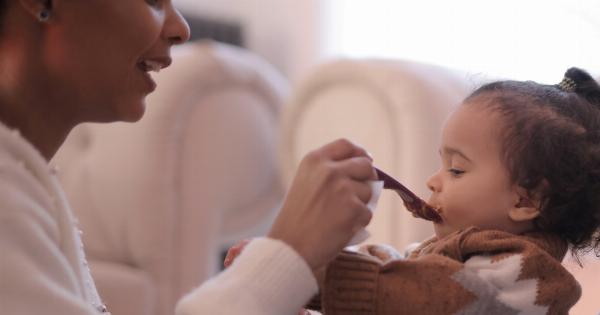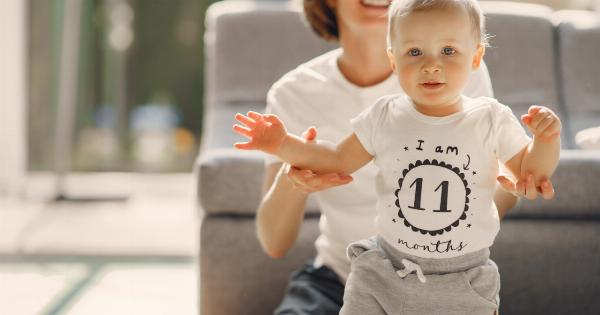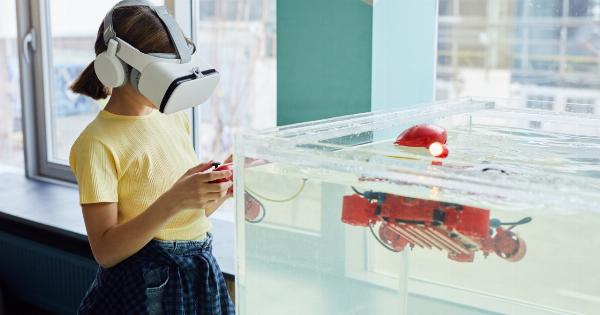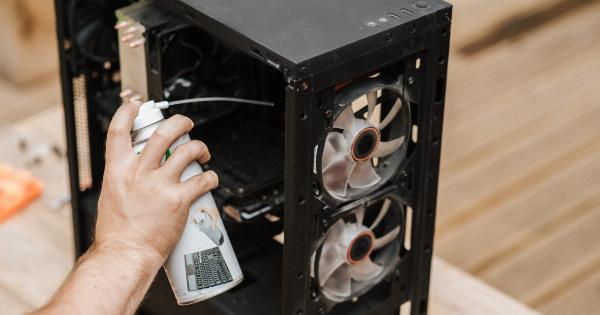As parents, we want the best for our babies. We aim to provide them with a safe and nurturing environment that supports their growth and development.
However, it’s crucial to be aware of potential dangers when it comes to certain baby products, such as cranial deformation pillows. While these pillows may seem like a helpful tool to shape a baby’s head, they can actually pose serious risks to their health and well-being.
The Purpose of Cranial Deformation Pillows
Cranial deformation pillows, also known as baby pillows or head-shaping pillows, are specially designed to prevent or correct cranial deformities in babies.
These deformities can occur due to factors such as prolonged pressure on one side of the head, positioning during sleep, or positioning in car seats or carriers.
The idea behind these pillows is to provide support to a baby’s head, promoting symmetrical growth and reducing the risk of conditions like flat head syndrome or plagiocephaly.
However, while the intention may be good, research and medical professionals have raised concerns about the safety and effectiveness of these pillows.
The Risks of Cranial Deformation Pillows
1. Increased risk of suffocation: One of the primary concerns with the use of cranial deformation pillows is the risk of suffocation. These pillows often have additional padding or contours that can obstruct a baby’s airways.
Infants have limited control of their head movements, making it imperative to avoid any objects that may pose suffocation hazards.
2. Overheating: Cranial deformation pillows can also contribute to overheating, as they often restrict airflow around the baby’s head.
Overheating can increase the risk of Sudden Infant Death Syndrome (SIDS) and other respiratory issues, so it’s crucial to prioritize a baby’s comfort and temperature regulation, especially during sleep.
3. Incorrect head position: The use of cranial deformation pillows might lead to incorrect head positioning. Babies need freedom of movement to strengthen their neck muscles and develop other motor skills.
Restrictive pillows can limit a baby’s natural ability to move their head, which is important for overall growth and development.
4. Delay in motor development: By restraining a baby’s head movement, cranial deformation pillows may hinder their development of important motor skills.
A baby needs to have the freedom to explore their surroundings and learn to control their head movements. Any restriction may delay the achievement of important motor milestones.
5. False sense of security: Parents may mistakenly believe that using cranial deformation pillows removes the need for other precautions, such as regular repositioning of the baby during sleep or minimizing prolonged time spent in carriers or car seats.
This false sense of security can put babies at a higher risk of developing cranial deformities.
6. Unproven effectiveness: Despite claims made by manufacturers, the effectiveness of cranial deformation pillows in promoting head shape correction remains uncertain.
The American Academy of Pediatrics (AAP) suggests that repositioning techniques and “tummy time” are more effective in reducing the likelihood of developing cranial deformities.
Safe Alternatives and Precautions
While cranial deformation pillows may be marketed as a solution, there are alternative approaches that promote a baby’s safety and proper head development:.
Regular Repositioning:
By frequently changing a baby’s position during sleep, you can help prevent excessive pressure on any one part of the head.
This can be done by alternating the side the baby sleeps on or using a wedge-shaped pillow that supports the baby’s entire body, not just the head.
“Tummy Time”:
Allowing babies to spend supervised time on their tummies while awake can help strengthen their neck and shoulder muscles. This helps reduce the risk of developing flat spots on their heads and supports healthy motor development.
Proper Use of Carriers and Car Seats:
Avoid long periods of time spent in car seats and carriers. When using these devices, ensure that the baby’s head and body are well-supported, and take breaks to allow unrestricted movement.
Consulting Pediatric Professionals:
If you notice any signs of cranial deformities or concerns about your baby’s head shape, consult with a pediatrician or pediatric specialist. They can provide guidance, advice, and evaluate your baby’s condition if necessary.
The Importance of Prioritizing a Baby’s Safety and Development
It is crucial to understand that a baby’s skull is flexible and moldable during the early stages of life. Cranial deformities, in most cases, resolve naturally as a baby grows and starts to reposition their head independently.
Prioritizing a baby’s safety and development involves creating a safe and supportive environment that promotes free movement, natural repositioning, and unrestricted head development.
While cranial deformation pillows may promise quick fixes, their potential risks and unproven effectiveness make them a questionable choice.
It’s essential to evaluate the safety and benefits of any baby product before using it, and to rely on evidence-based recommendations provided by trusted medical professionals, such as the AAP.
As parents, our primary goal should be to ensure our baby’s well-being and support their healthy growth and development.
By understanding the potential dangers of cranial deformation pillows, we can make informed decisions that prioritize our child’s safety and long-term head shape outcomes.






























